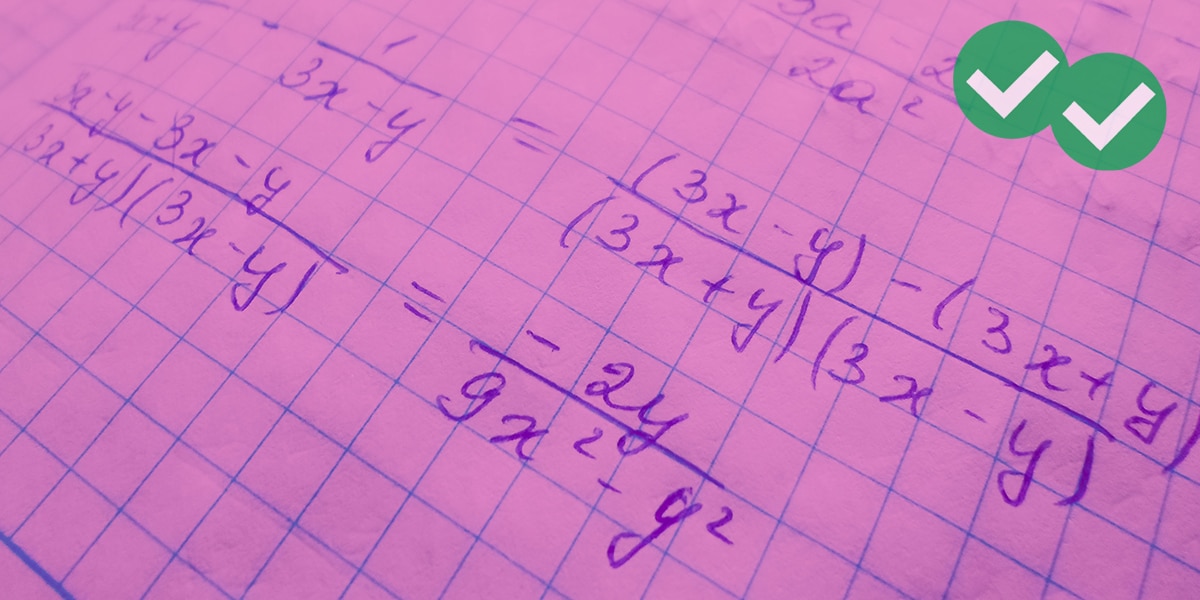Everyone knows how to find an average, but the power of this formula is often underestimated. We know:
average = (sum of the items)/(number of items)
Notice, we can also write this as:
sum of items = (average)*(number of items)
This latter form can be powerful. For example, if we add or subtract one item from a set, we can easily figure out how that changes the sum, and that can allow us to calculate the new average. Also, if we are combining two groups of different sizes, we can’t add averages, but we can add sums.
Practice Questions: Averages
1) There are 17 students in a certain class. On the day the test was given, Taqeesha was absent. The other 16 students took the test, and their average was 77. The next day, Taqeesha took the test, and with her grade included, the new average is 78. What is Taqeesha’s grade on the test?
(A) 78
(B) 80
(C) 87
(D) 91
(E) 94
2) A company has 15 managers and 75 associates. The 15 managers have an average salary of $120,000. The 75 associates have an average salary of $30,000. What is the average salary for the company?
(A) $35,000
(B) $45,000
(C) $55,000
(D) $65,000
(E) $75,000
Answers and Explanations
1) The average of the first 16 students is 77. This means, the sum of these 16 scores is
sum = (average)*(number of scores) = 77*16 = 1232
Once Taqeesha takes her test, the average of all 17 scores is 78. This means, the sum of these 17 scores is:
sum = (average)*(number of scores) =78*17 = 1326
Once we had the sum of the 16 scores, all we had to do was add Taqeesha’s score to that total to get the sum of all 17. Therefore, the difference in these two sums is Taqeesha’s score. 1326 – 1232 = 94.
Answer: E.
2) The 15 managers have an average salary of $120,000. The sum of their salaries is:
sum = (average)*(number of salaries) = $120,000*15 = $1,800,000
The 75 associates have an average salary of $30,000. The sum of their salaries is:
sum = (average)*(number of salaries) = $30,000*75 = $2,250,000
When we add those two sums, we get the total payroll of all 90 employees.
$1,800,000 + $2,250,000 = $4,050,000
So, we have 90 employees, and together they earn $4,050,000, so the average is
average = $4,050,000 ÷90 = $45,000
Answer: B.






Leave a Reply